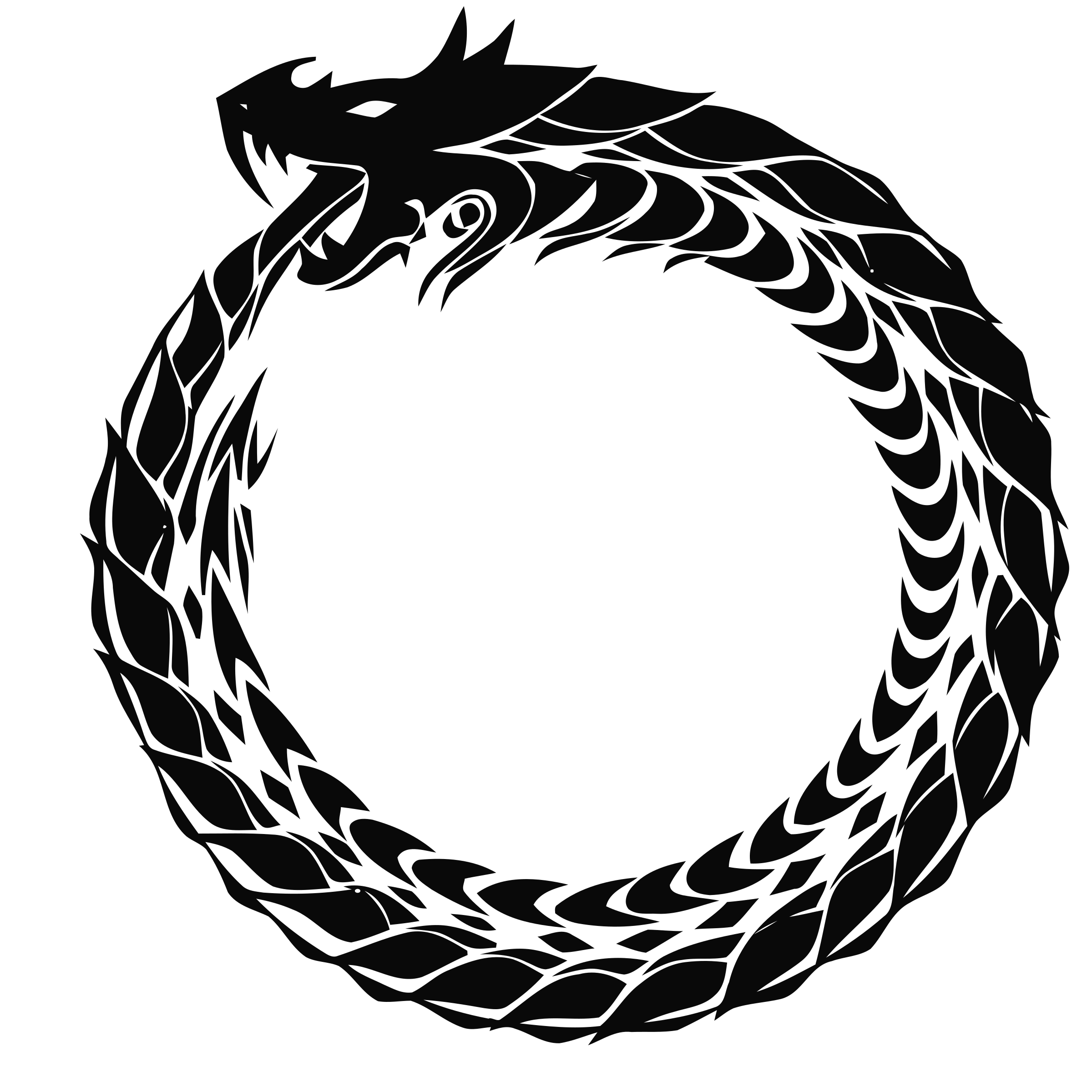Good morning everyone! This will be an interesting, but disturbing
class. The material is graphic and crucially important to understanding
O'Brien's historical context in I
n the Lake of the Woods.
AGENDA:
EQ: Why is the background of the My Lai massacre so important to understanding O'Brien's novel In the Lake of the Woods?
-We will be watching various sections of a PBS documentary on the My Lai Massacre
-After watching the documentary, you will explore an interview with Tim O'Brien about his experiences in Vietnam
-After viewing the documentary and exploring the interview, answer the following questions (post on the blog):
1. Has watching the documentary and reading the interview on My Lai changed your reading of In the Lake of the Woods by O'Brien? Do you feel as though you can sympathize with Wade on some level, or are his actions completely unforgivable?
2. What was your prior knowledge of the massacre? Do you think the fact
that the My Lai Massacre is somewhat mysterious and unknown to many
people adds to the complexity of the novel? How so? Do you think that if
something of this caliber is concealed by those involved that the
general public will ever know the true story?
3. How does having some type of historical context incorporated into a
fictional text effect you as a reader? What historical events or time
periods are you considering for your own writing piece (this can be a
list)?
WRITING: Work on Nonlinear narratives
HMWK: Read to Ch. 19 pg. 175
